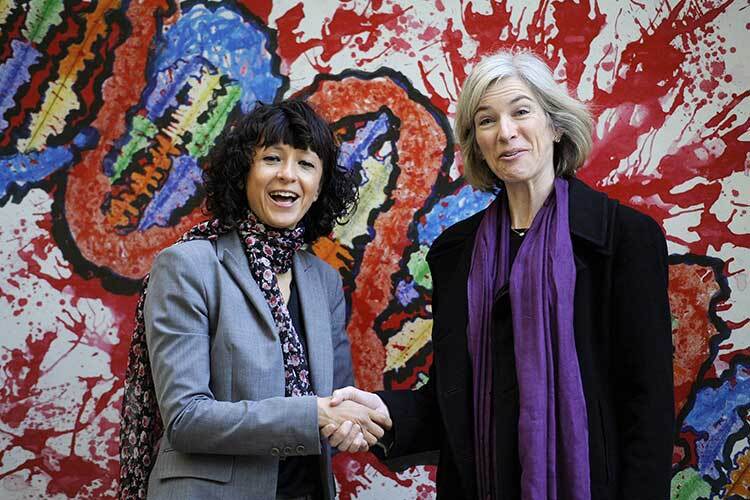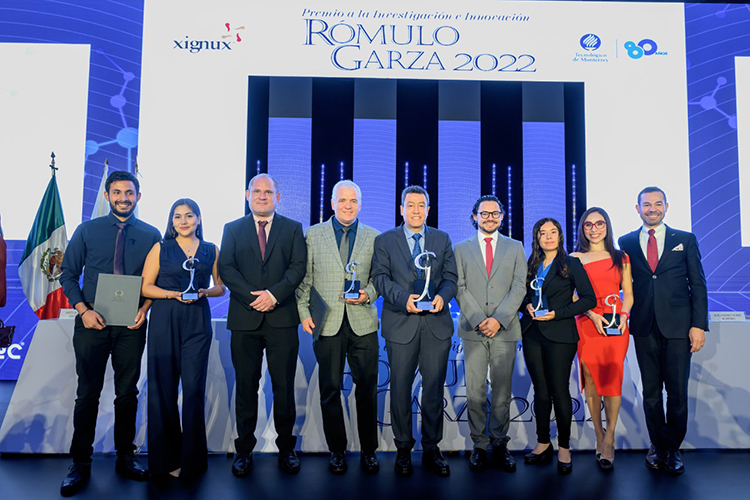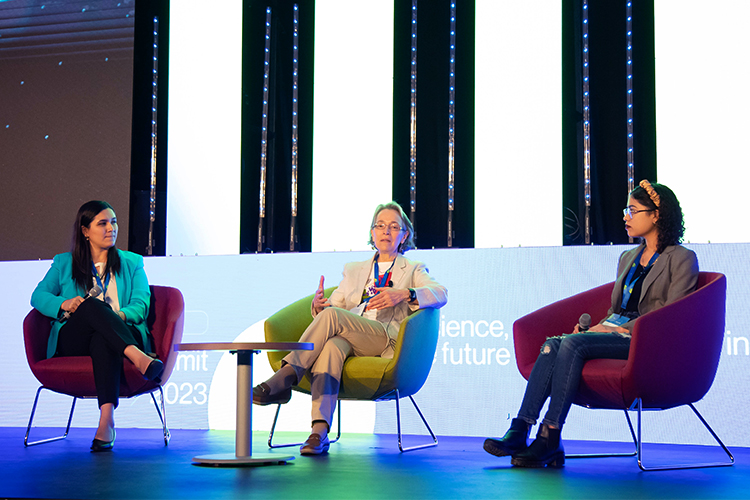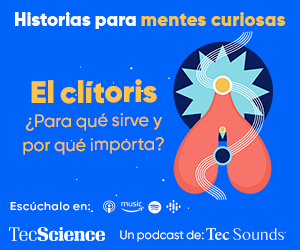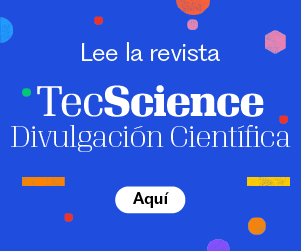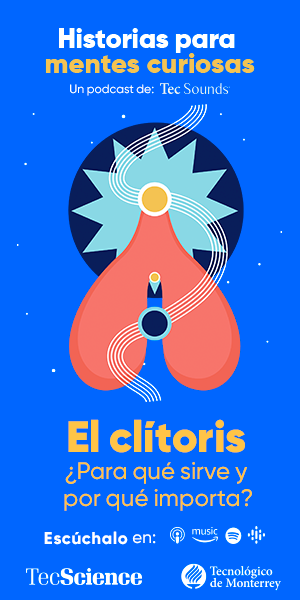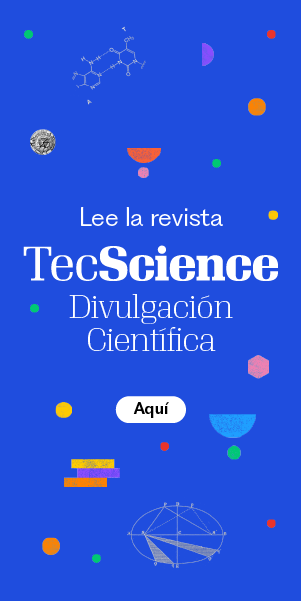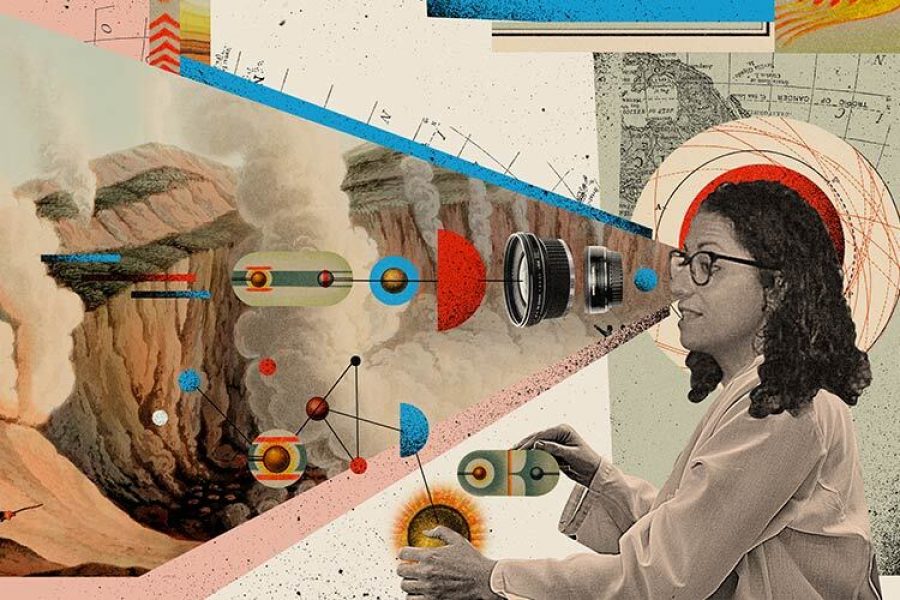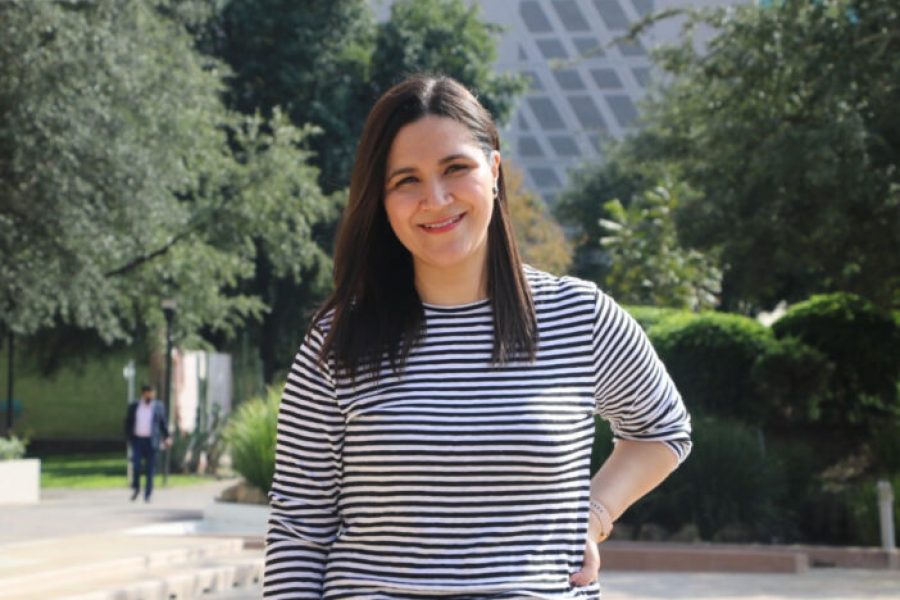Winning a Nobel Prize doesn’t happen every day. Arieh Warshel says that, for him, it meant the climax of a love story with experimenting and embracing knowledge since he was a little kid.
“My work is driven by curiosity, I am very interested in understanding”, he says in an interview with TecScience.
Chatting with this scientist guides reflection on the importance of the Nobel Prize regarding how science impacts daily lives and goes beyond recognition and glamour.
Warshel, who received the Chemistry Nobel Prize in 2013 – along with Michael Levitt and Martin Karplus – attended the Tec Science Summit 2023. He talked about how his life led him to that moment of international recognition and how we can see the science behind the prize in our daily lives.
Arieh Warshel: a boy who wanted to make airplanes powered by flies
In the Plenary Hall of the Tec de Monterrey Congress Center, Warshel explained to the audience that, despite growing up in an environment where science was not encouraged, he had an innate curiosity and a great desire to experiment.
When he was little, one of his first experiments was trying to create small planes propelled by flies, not wings. “They didn’t fly!” he told the audience with laughter.
Years later, after returning from the war in 1966, he asked a friend for advice on what to study. Since Warshel did not use glasses to see at that time (he had good eyesight) his friend recommended studying chemistry.
Luckily, he took his friend’s advice and turned out to be very good at it. Step by step he specialized and became a physical chemist, finally arriving at Harvard University.
There, along with his colleagues, he laid the foundations to simulate the molecular structure of complex chemical systems on a computer and thus predict their functions and reactions.
Before his work, scientists had to use interactive materials, such as plastic balls and sticks, to generate these models.
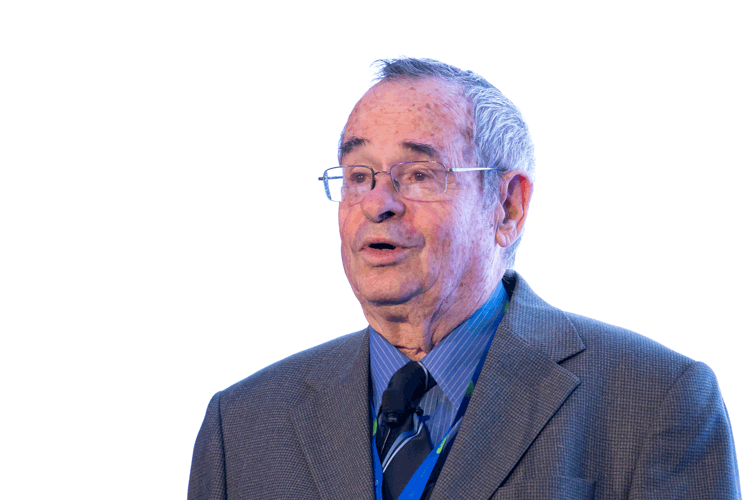
Warshel attended the Tec Science Summit 2023. He talked about his research on calculating chemical reactions using computers. (Photo: Alejandro Salazar / TecScience)
The Nobel prize’s impact on medicine
While the science Warshel developed sounds complex because it exists only in laboratories, it has many practical applications.
Thanks to their simulations, Warshel’s team achieve to understand ATP synthase process, an enzyme that catalyzes the creation of the energy-carrying molecule ATP, that is present in most forms of life.
They laid, also, the foundations for understanding the molecular functioning of the central nervous system, including the brain.
Perhaps one of the applications that we can see the most, explained Wershel, is the creation of specific and improved medicines to fight different diseases.
The team simulations achieve to predict (with great accuracy) how a specific medicine aligns with target proteins, which are specific molecules inside our bodies that allow a drug to accomplish its healing mission.
“There are [pharmaceutical] companies that use our programs to try to design better medicines to fight diseases,” he says.
In addition, he and his group are currently investigating how they could use these simulations to understand and combat drug-resistant microorganisms, one of the emerging health problems that most concern experts worldwide.
“If we find a way to fight this problem, it’s going to help human health.”

